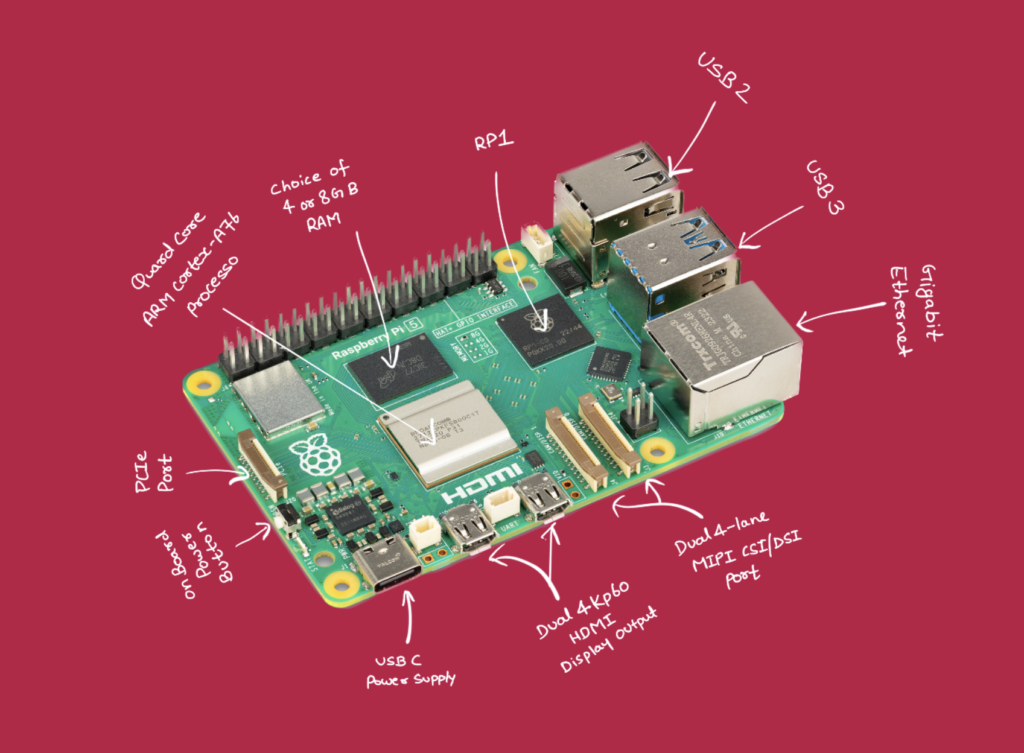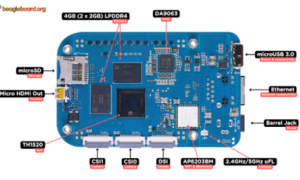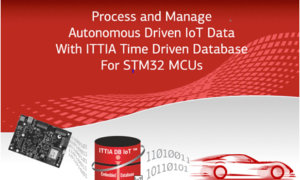Introduction
The Raspberry Pi, a beloved single-board computer, has consistently pushed the boundaries of innovation since its inception in 2012. Each iteration has brought exciting new features and capabilities. Today, we’re thrilled to dive into the Raspberry Pi 5, the latest in this iconic series. Join us as we explore its impressive specifications, enhancements, and potential applications.

A Brief Overview of Raspberry Pi’s Evolution
Before delving into the Raspberry Pi 5, let’s take a moment to appreciate the journey of this remarkable series of single-board computers.
- Raspberry Pi 1 Model A/B (2012): The original Raspberry Pi revolutionized affordable computing for hobbyists, students, and educators.
- Raspberry Pi 2 Model B (2015): This version brought significant performance upgrades, featuring a quad-core CPU.
- Raspberry Pi 3 Model B (2016): The Pi 3 introduced Wi-Fi and Bluetooth connectivity, making it even more versatile.
- Raspberry Pi 4 Model B (2019): A leap in performance with up to 8GB of RAM, dual HDMI outputs, USB 3.0, and 4K video support, the Pi 4 unlocked new possibilities.
| Family | Model | SoC | Memory | Form Factor | Ethernet | Wireless | GPIO | Released | Discontinued |
|---|---|---|---|---|---|---|---|---|---|
| Raspberry Pi | B | BCM2835 | 256 MB | Standard | Yes | No | 26-pin | 2012 | Yes (????) |
| 512 MB | 2012 | ||||||||
| A | 256 MB | No | 2013 | No | |||||
| B+ | 512 MB | Yes | 40-pin | 2014 | |||||
| A+ | Compact | No | |||||||
| Raspberry Pi 2 | B | BCM2836 / 7 | 1 GB | Standard | Yes | No | 2015 | ||
| Raspberry Pi Zero | Zero | BCM2835 | 512 MB | Ultra-compact | No | No | |||
| W / WH | Yes | 2017 | |||||||
| 2 W | BCM2710A1 | 2021 | |||||||
| Raspberry Pi 3 | B | BCM2837A0 / B0 | 1 GB | Standard | Yes | Yes | 2016 | ||
| A+ | BCM2837B0 | 512 MB | Compact | No | Yes | 2018 | |||
| B+ | 1 GB | Standard | Yes | 2018 | |||||
| Raspberry Pi 4 | B | BCM2711 | 1 GB | Standard | Yes | Yes | 2019 | Yes (2020) | |
| 2021 | No | ||||||||
| 2 GB | 2019 | ||||||||
| 4 GB | |||||||||
| 8 GB | 2020 | ||||||||
| 400 | 4 GB | Keyboard | |||||||
| Raspberry Pi Pico | Pico | RP2040 | 264 KB | Pico | No | No | 2021 | ||
| W | Yes | 2022 | |||||||
| Raspberry Pi 5 | B | BCM2712 | 4 GB | Standard | Yes | Yes | 2023 | ||
| 8 GB |
And now, let’s explore the much-anticipated Raspberry Pi 5.
Raspberry Pi 5: What’s New?
The Raspberry Pi 5 continues the tradition of innovation, introducing several essential enhancements that cater to a broad range of users.
- Impressive CPU: The Raspberry Pi 5 is powered by the Broadcom BCM2712 quad-core 64-bit Arm Cortex-A76 CPU. This upgrade delivers outstanding processing power and includes cryptography extensions, 512KB per-core L2 caches, and a shared 2MB L3 cache.
- Advanced GPU: The VideoCore VII GPU with support for OpenGL ES 3.1 and Vulkan 1.2 promises remarkable graphics capabilities, enabling a wide range of applications.
- High-Definition Displays: Dual 4Kp60 HDMI outputs with HDR support ensure stunning visual experiences for multimedia and display-intensive projects.
- Multimedia Prowess: The Raspberry Pi 5 can decode 4Kp60 HEVC video, making it an excellent choice for media center projects.
- Expanded RAM Options: Users have the flexibility to choose from various RAM configurations, including 4GB and 8GB LPDDR4X-4267 SDRAM, catering to memory-intensive tasks and multitasking.
- Connectivity Excellence: Dual-band 802.11ac Wi-Fi, Bluetooth 5.0, and Bluetooth Low Energy (BLE) offer reliable wireless connections for a wide range of applications.
- Fast Data Transfer: The device includes USB 3.0 ports for simultaneous 5Gbps operation, ensuring speedy data transfer with peripherals.
- IoT and Camera Support: 2 × 4-lane MIPI camera/display transceivers provide ample support for IoT and camera projects.
- PCIe 2.0 Interface: For rapid peripheral expansion, the Raspberry Pi 5 offers a PCIe 2.0 x1 interface, though an additional M.2 HAT or adapter is required.
- Power Delivery: Powered via USB-C with Power Delivery support, it can deliver 5V/5A DC power.
- Raspberry Pi Standard 40-Pin Header: Maintaining compatibility with previous models, this standard header ensures seamless integration into existing projects.
- Real-Time Clock (RTC): Powered by an external battery, the RTC keeps track of time and events, even when the device is offline.
- Power Button: A handy addition, the power button simplifies the device’s operation.
Potential Applications
With its increased performance and expanded capabilities, the Raspberry Pi 5 opens doors to an array of exciting applications:
- Home Media Center: Transform your Raspberry Pi 5 into a powerful media center that can handle 4K streaming, gaming, and media playback.
- AI and Machine Learning: The enhanced processing power and GPU make the Raspberry Pi 5 an excellent choice for AI and machine learning projects, from image recognition to natural language processing.
- IoT Development: Create advanced Internet of Things (IoT) devices and smart home applications with ease, thanks to the improved connectivity options.
- Gaming Console: Build your own retro gaming console or even emulate modern games on the Raspberry Pi 5 with its impressive graphics capabilities.
- Desktop Replacement: With ample RAM and performance, the Raspberry Pi 5 can serve as a capable desktop replacement for everyday computing tasks and web browsing.
Where to Buy the Raspberry Pi 5
To purchase the Raspberry Pi 5, you can check out the official list of authorized resellers on the Raspberry Pi website. This will help you find reliable sources to acquire your Raspberry Pi 5 and explore pricing options from various trusted sellers.


[…] Single-board computers (SBCs) have become instrumental in powering a myriad of projects, with the Raspberry Pi and BeagleBone standing out as popular choices. If you find yourself in a dilemma, unsure of whether the BeagleBone or Raspberry Pi is better suited for your project, this blog post aims to provide clarity. We will delve into the key features, strengths, and considerations of both SBCs to assist you in making an informed decision based on your specific needs. Additionally, for an in-depth analysis of the latest Raspberry Pi models, you can refer to this comprehensive blog: Introducing the Powerhouse Raspberry Pi 5. […]